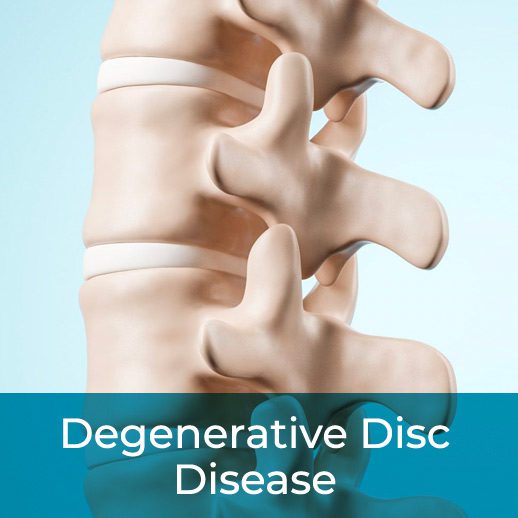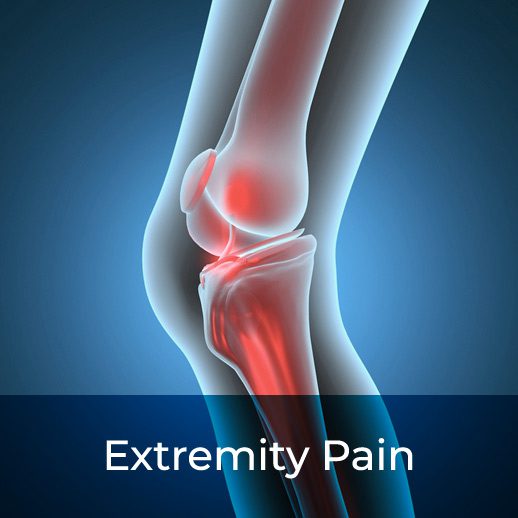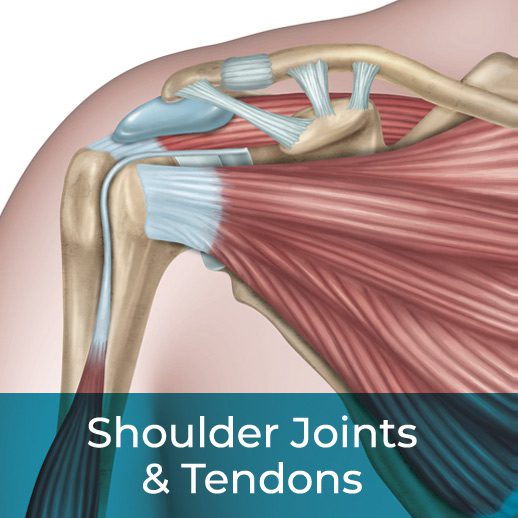Stem Cell for Arthritis
Stem cell therapy is an emerging treatment for arthritis, with many doctors exploring its potential benefits. If you suffer from arthritis, you may be wondering whether stem cell therapy could be right for you. Stem cells are unspecialized cells that have the capacity to develop into different types of cells. This makes them an attractive option for treating a wide range of medical conditions, including arthritis. If you’re considering stem cell therapy for arthritis, it’s essential to consult with an experienced healthcare provider first.
NEW! Now accepting Medicare
Why Are Stem Cells Special?
The body is naturally home to stem cells which have unique characteristics:
- They can divide and duplicate themselves.
- They are capable of becoming different types of cells.
Although stem cells do not have a specific function in the body, they can be transformed into different types of cells such as cartilage or bone cells. Stem cell researchers hypothesize that these cells have the potential to transform into a desired tissue type when placed in a specific environment. For example, stem cells placed near damaged cartilage tissues may transform into cartilage tissue.


Understanding the Different Types of Stem Cells Used in Arthritis Treatment
Stem cell therapy for arthritis is becoming increasingly common. The body can produce different types of stem cells that are used to treat various forms of arthritis. In this article, we will examine the sources of stem cells used to treat arthritis, as well as how they benefit patients.
Mesenchymal Cells:
Mesenchymal stem cells (MSCs) are the most common type of stem cells for arthritis treatment. These cells are collected from the patient’s bone marrow, fat tissue, or blood. MSCs can differentiate into different cell types such as cartilage, bone, and other tissues, making them useful in treating arthritis and joint damage.
Adipose Cells:
Adipose stem cells can be obtained via liposuction or surgery. Like MSCs, these cells have the capability to differentiate into different cell types including cartilage and bone, and have shown promising results in the treatment of inflammatory arthritis, as well as in reducing pain and stiffness.
Bone Marrow Cells:
A procedure known as bone marrow aspiration involves extracting bone marrow stem cells using a syringe and needle. These stem cells can differentiate into different types of cartilage and bone cells, making them useful in treating arthritis-related damage. The treatment of osteoarthritis with bone marrow stem cells has shown promising results.
Other Stem Cells:
Synovial, periosteal, and cartilage stem cells are also used to treat arthritis. These cells are harvested from different joints in the body and have shown promise in treating joint inflammation and damage.
Overall, stem cell therapy using different types of stem cells has shown promise in treating arthritis-related damage, inflammation, and pain. Exciting advancements in this field continue to be made, and these therapies have the potential to significantly improve the quality of life for arthritis patients.
How Are Stem Cells Used to Treat Arthritis?
Stem cells can be injected directly into an arthritic joint or applied during surgical procedures, such as meniscus repair. Many physicians use medical imaging, such as ultrasound, to ensure precise delivery of the cells to the damaged cartilage.
Who Can Get Stem Cell Therapy for Arthritis?
Stem cell therapy is not a medically prescribed treatment for arthritis. Patients and doctors can decide who receives stem cell therapy for arthritis, based on individual circumstances.
Some evidence suggests that stem cell therapy can be beneficial for people with severe arthritis, while the majority of research shows that patients with relatively mild osteoarthritis and cartilage damage who are younger will benefit the most.
Some doctors use certain criteria to recommend stem cell therapy, including only recommending it to patients with low cartilage damage and who are in good health. However, most insurance companies will not cover stem cell therapy, which is promising but unproven.


Where Do Stem Cells Come From?
Mesenchymal stem cells are often used to treat arthritis. They can be collected from the patient’s bone marrow, fat tissue, or blood.
Harvesting is the term used to describe the process of collecting cells.
- Adipose stem cells can be harvested by surgery or liposuction.
- Peripheral blood stem cells, found in the bloodstream, are extracted by taking a sample of blood from the patient.
- Bone marrow stem cells can be harvested from a patient’s bone.
Bone marrow can be extracted from the pelvis using a syringe and needle in a procedure called bone marrow extraction. Before the procedure, a local anesthetic is administered to the patient, and a sedative may also be prescribed.
Schedule an Appointment at Stemedix Now
If you’re interested in exploring stem cells for arthritis, we invite you to schedule an appointment with the experts at Stemedix. Our team of specialized medical professionals can help assess your needs and recommend a customized treatment plan to help improve your quality of life. Don’t wait to take control of your health – contact us today to schedule your appointment and begin your journey towards wellness.
Discover our wide range of treatments by calling us at (800) 531-0831






















 St. Petersburg, Florida
St. Petersburg, Florida
